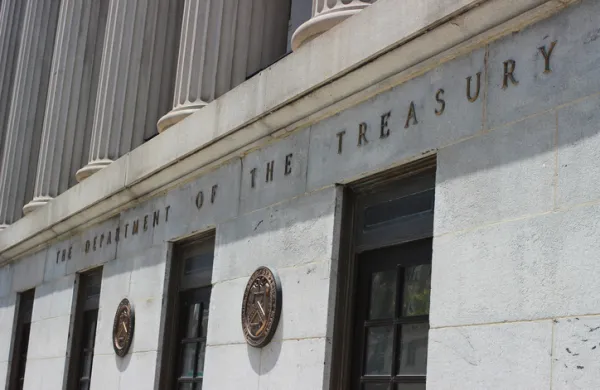As interest rates remain low, so do insurance companies’ investment yields — a trend that’s causing structural shifts in asset allocation throughout the sector.
In a survey of its top 50 insurance clients, global investment firm KKR found that respondents moved more money to alternative assets over the period from 2017 to 2021. Allocations to non-traditional investments increased from 20.4 percent in 2017 to 31.8 percent in 2021, according to the survey.
Respondents made these changes largely by shifting their portfolios away from investment-grade fixed income, which fell 12.2 percentage points since 2017, and liquid equities, which fell 3.6 percentage points during the same time period. The beneficiaries included non-traditional investments like private credit, real estate credit, infrastructure, and private equity, which collectively increased from 12.1 percent of portfolios in 2017 to 19.2 percent in 2021.
“We believe that CIOs are embracing complexity and the thoughtful use of illiquidity, as public market assets roll off and excess cash builds up,” wrote the report’s authors, who included Henry McVey, KKR’s head of global macro and asset allocation. “Improved asset-liability matching and more robust risk management have also helped, we believe.”
Over the next five years, KKR expects lower returns in all asset classes as a result of high multiples, low interest rates, and robust margins. For insurance CIOs, shifting to asset classes with higher expected returns may act as a buffer against these declining returns: KKR now expects the average insurance company in the survey to return 2.9 percent over the next five years, compared to 2.6 percent in 2017.
The push into alternatives is also likely to continue: “Given that many CIOs are still playing catch-up in their allocations and finding that alternative returns are exceeding the capital charges incurred and forward return expectations across asset classes are coming down, appetite for semi-illiquid and illiquid investments should continue to accelerate, we believe,” the report said.
The changing asset allocations are part of a greater move by allocators toward “more strategic and thoughtful risk taking,” the report said. As a result of low interest rates and related low investment yields, 80 percent of respondents said they have allocated more capital to illiquid products, high-dividend stocks, and private market fixed income. Respondents also said they are adding to private credit investments, executing “opportunistic risk taking around the edge,” and relying on “real estate assets more than before.”
“Embracing risk involves adding layers of complexity mostly via non-traditional asset classes,” the report said. “Have insurers done enough with their portfolios to offset the seismic shift downward in rates? The answer is apparently no.”







